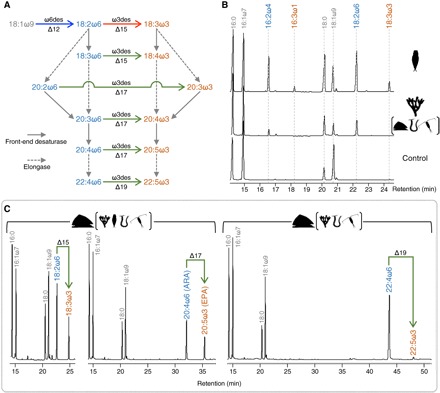Fig. 3. Functional characterization of metazoan ωx desaturases.

(A) The de novo production of ω3 PUFA requires both ω6 (Δ12) (blue arrow) and ω3 (Δ15) desaturases (red arrow). Both LA (18:2ω6) and ALA (18:3ω3) can be subsequently modified through the ω6 and ω3 long-chain PUFA biosynthesis pathways that proceed separately, at least in vertebrates (9), or can be interconnected by ω3 desaturases with Δ15, Δ17, or Δ19 activities (green arrows). (B) Chromatograms of FA methyl esters (FAME) from yeast expressing ωx desaturases from A. vaga (MF448339) (top) and A. millepora (KY658237) (middle) show Δ12/Δ15 and Δ12 activities, respectively. Further ωx desaturases with Δ12 activity were characterized from P. vulgata, P. dumerilii, and L. salmonis (Table 1). (C) Chromatograms of FAME from yeast expressing the ωx desaturase from P. vulgata (KY658241) and grown with supplemented ω6 substrates including 18:2ω6 (left), 20:4ω6 (middle), and 22:4ω6 (right) show the resulting ω3 products 18:3ω3, 20:5ω3, and 22:5ω3, respectively. Similar functions obtained for ωx desaturases from A. millepora, A. vaga, P. dumerilii, and L. salmonis are shown in Table 2. Molecular structures and diagnostic mass ions of 4,4-dimethyloxazoline derivatives from desaturation products are shown in figs. S3 and S4.
